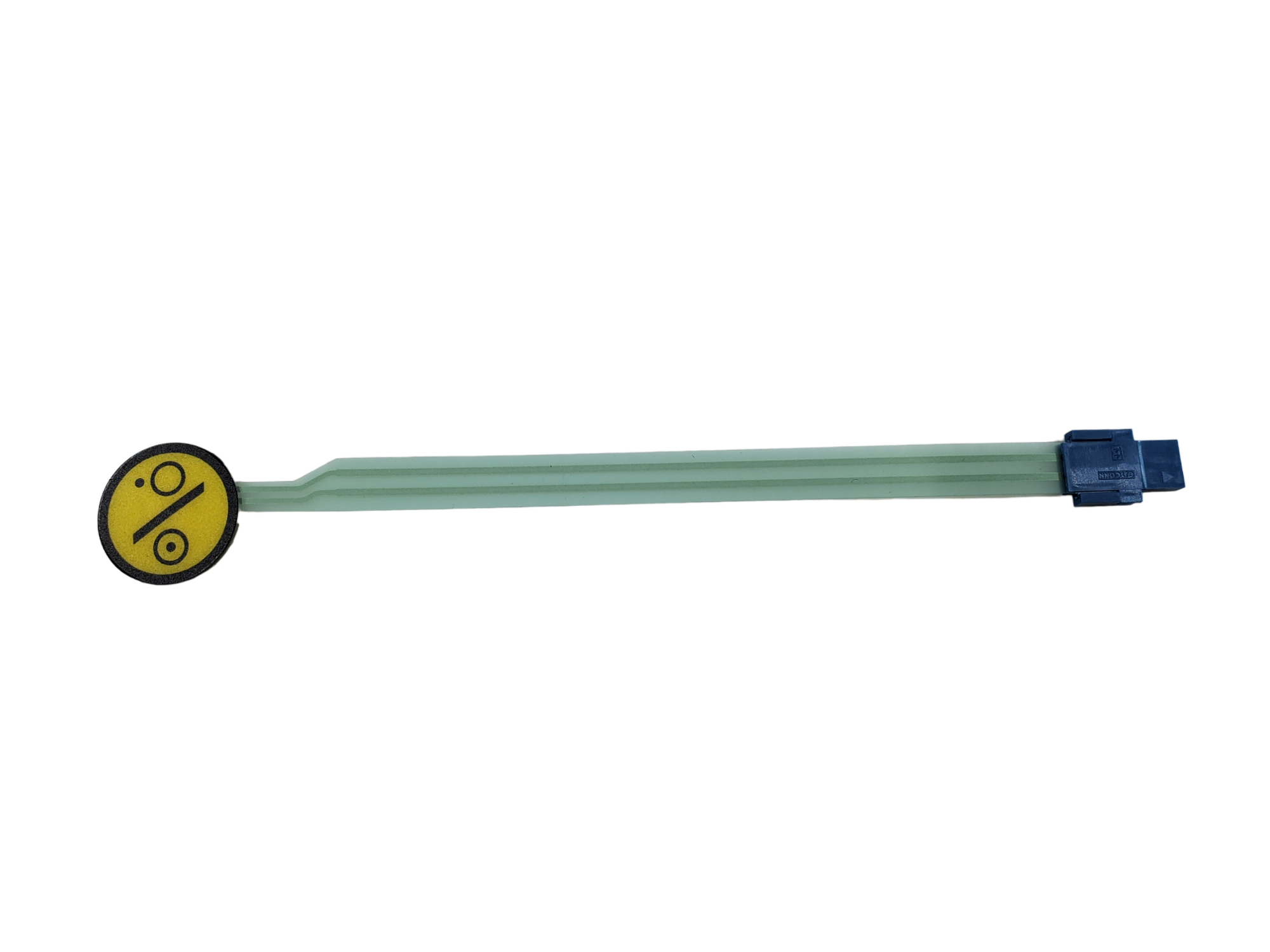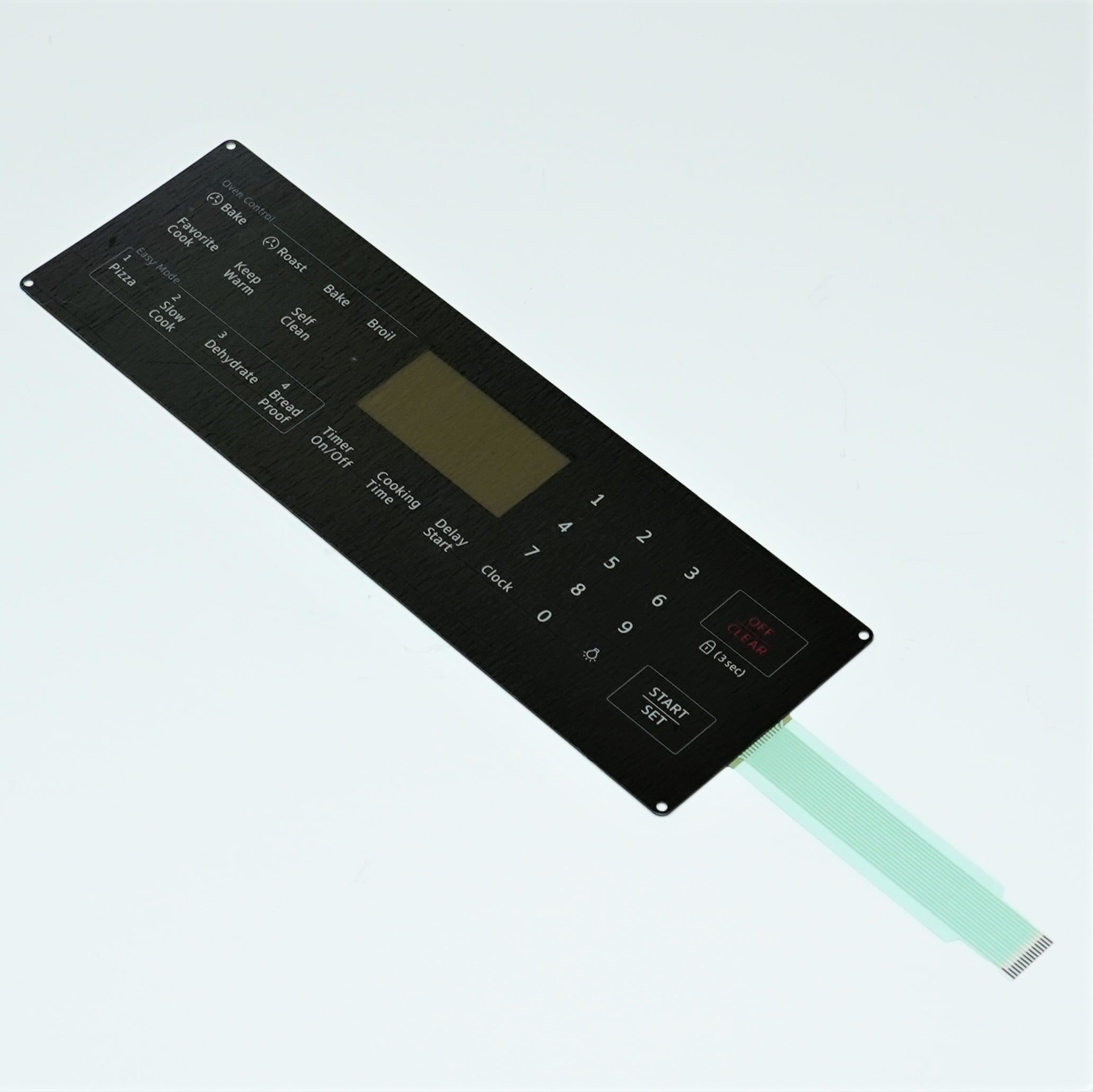Membrane Switch: A Comprehensive Guide to Its Uses and Applications
Membrane Switch: A Comprehensive Guide to Its Uses and Applications
Blog Article
Recognizing Membrane Layer Switches: The Trick to Trustworthy and durable Controls

What Are Membrane Switches?
Membrane layer buttons are a sophisticated service in the realm of interface modern technology, integrating performance and style perfectly. These devices act as a user interface between customers and digital systems, incorporating a number of parts into a portable style. Typically built from versatile, thin layers of products, membrane layer switches are created to react to touch, enabling customers to interact with equipment and electronic tools properly.
The key aspects of a membrane button include a published circuit layer, graphic overlay, and a spacer layer that prevents unintended activation. The graphic overlay can be tailored to reflect brand identification or user choices, enhancing aesthetics while ensuring usability. Membrane layer buttons are generally used in various applications, consisting of medical devices, customer electronics, and industrial equipment, owing to their sturdiness and resistance to environmental elements such as wetness and dirt.
One of the essential advantages of membrane switches is their capability to stand up to damage, making them ideal for high-traffic settings. Additionally, they are lightweight and need marginal space, enabling cutting-edge designs in product development. In general, membrane switches over represent a effective and practical choice for modern electronic interfaces, marrying technology with user-centric layout concepts.
Just How Membrane Layer Switches Job
The operation of membrane layer switches hinges on an easy yet effective system that translates individual input into digital signals. When a customer presses the switch, the top layer deforms, permitting a conductive element in the circuit layer to make contact with an equivalent conductive pad on the bottom of the visuals overlay.
The design of membrane layer buttons can vary, but they frequently integrate domes or tactile elements to supply feedback to the individual, enhancing the general experience - membrane switch. The materials used in membrane buttons, such as polyester or polycarbonate, add to their resilience and resistance to environmental factors, including wetness and dust. The published circuits are normally encapsulated, which protects them from wear and tear over time.
Advantages of Membrane Buttons

Furthermore, membrane buttons are understood for their toughness. Built from robust products, they are immune to dust, wetness, and physical wear, which significantly expands their life expectancy compared to traditional mechanical buttons. This longevity makes them especially suitable for high-traffic atmospheres and applications needing longevity.
Another considerable advantage is the convenience of cleansing and upkeep. The smooth surface area of membrane switches lessens dirt build-up and is commonly impervious to spills, making them suitable for settings that require constant anonymous sanitization.
In addition, membrane buttons use a streamlined profile, resulting in a thinner style that can be integrated into numerous devices without including mass. This feature not only enhances the visual charm yet likewise adds click this to a much more ergonomic product design.
Applications of Membrane Buttons
Straightforward and functional, membrane switches locate applications across a wide variety of markets, consisting of clinical gadgets, customer electronics, and commercial tools. In the medical field, these buttons are indispensable to gadgets such as analysis equipment, patient tracking systems, and mixture pumps, where dependability and simplicity of cleansing are crucial. Their ability to withstand harsh atmospheres and maintain functionality makes them ideal for such applications.

In consumer electronics, membrane buttons are used in products like microwaves, cleaning devices, and remotes - membrane switch. Their smooth design enables user-friendly individual interfaces, enhancing the general customer experience while offering longevity and resistance to tear and put on
Industrial devices additionally gains from membrane switches, specifically in control panels for machinery and automation systems. These buttons use protection against dust and moisture, making sure constant efficiency in challenging environments. Their adjustable features allow manufacturers to tailor them to specific functional demands, boosting efficiency and capability.
Choosing the Right Membrane Change
When selecting a membrane layer switch, it is important to take into consideration numerous elements that influence efficiency and viability for specific applications. The main factors to consider include environmental problems, responsive comments, toughness, and design specs.
First, assess the operating atmosphere; buttons exposed to look at these guys moisture, chemicals, or severe temperature levels call for certain materials to ensure long life and capability. Next off, assess the need for responsive feedback. Depending on user interaction, some applications might take advantage of a tactile feedback to verify activation, while others might like a non-tactile design for visual reasons.
Durability is one more critical aspect; membrane layer buttons need to be developed to hold up against regular use, impacts, and abrasion. Make certain the picked button can endure the anticipated lifecycle, particularly in high-usage circumstances.

Final Thought
Finally, membrane switches work as essential parts in the style of resilient and reliable control systems throughout numerous industries. Their small layout, integrated with robust construction and customizable functions, improves user interaction while guaranteeing long life sought after environments. The adaptability of membrane switches over permits for tailored options that fulfill certain operational requirements, enhancing their importance in modern-day innovation. As sectors remain to progress, the significance of incorporating reliable membrane layer button services can not be overemphasized.
Membrane switches over stand for an essential aspect of modern-day user interface layout, blending functionality with resilience in numerous applications.Membrane buttons are an advanced option in the realm of customer interface innovation, combining performance and layout perfectly. Generally created from adaptable, thin layers of products, membrane switches are designed to react to touch, making it possible for customers to interact with machinery and electronic devices efficiently.
The layout of membrane buttons can vary, yet they frequently incorporate domes or tactile components to supply responses to the user, boosting the total experience.In final thought, membrane switches offer as necessary elements in the layout of trustworthy and sturdy control systems across numerous markets.
Report this page